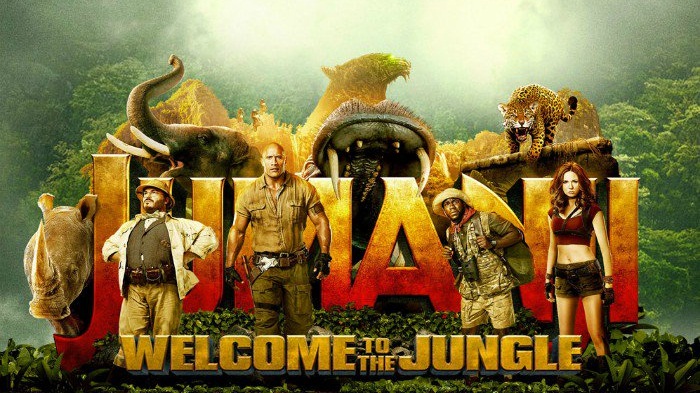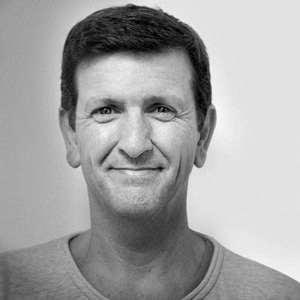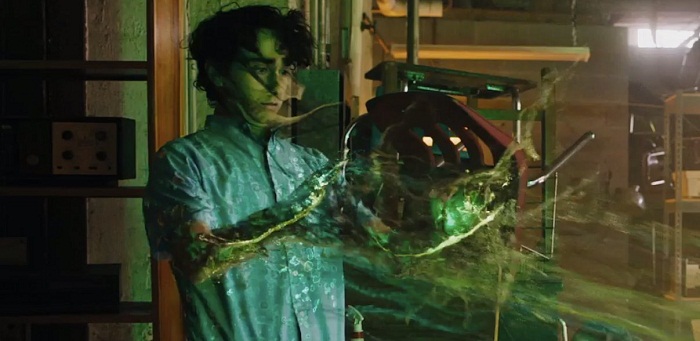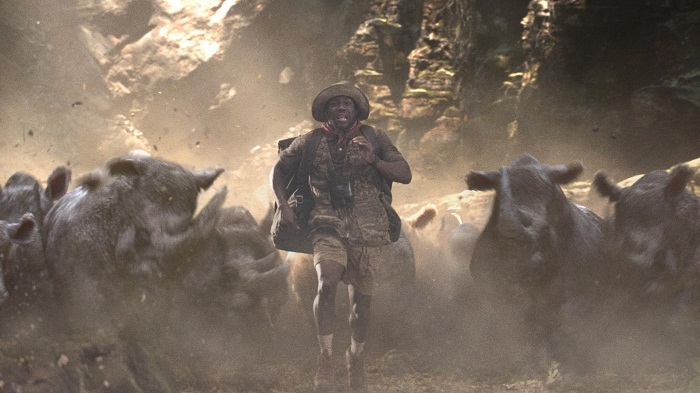
Of all things, if there’s one that Jumanji is know so much for, then it’s the sheer amount of creatures on show. And did I mention the staggering variety of them that pop-up in every frame? Well, 2017’s Jumanji: Welcome to the Jungle is replete with fauna that form just as instrumental part of the narrative as the story.
The hideous hippo that gulps down Jack Black’s character, or the poisonous serpent that Kevin Hart defangs; the hounding albino rhinos or the surreptitiously monitoring vulture, the diverse range of creatures that our heroes braved were all brought to life by the Australia-based VFX house Iloura, who helmed the creature work for the movie.

Supervised by Glenn Melenhorst, it delivered as many as 374 shots in all that was pulled together by a team of 160 artists across a span of 12 months.
Unlike the first Jumanji where the kids are drawn into the game through a board, here they could be seen getting sucked into the gaming quagmire though a videogame set. Melenhorst explains the work behind these transitions as he says, “The desire was for it to be fairly unique. We knew more about what it wasn’t to look like than what it was to. Kasdan (film’s director) had requested it not look magical, or digital (pixels), or electric. We determined to have the characters pull apart into clouds of particles that dragged their colour too, so a red shirt would make red particles and blonde hair would make blonde particles etc.
“These then turned toward a more green, self-illuminated particle as they neared the green glowing gem on the game console. We played around with the look back and forth until he and Jerome Chen were happy.”
Whilst the transitions in and out of the game did involve these minor tweaks, that was largely down to the limitations in the available technology and an improvisation beckoned while recreating it for the sequel. “The transition in the first Jumanji was a stretchy warp which I think everyone agreed was cool at the time but had been so copied since that it needed a change up. Added to that, many of the FX of the first film, while ground breaking for the time, are showing their age now,” he adds.

Bobby Cannavale played the main antagonist Russel Van Pelt, who owned a scraggly vulture that was hot on the trails of the lead quartet and passed on their information to its master. It was one of the central elements to the sinister theme around Cannavale’s character. Melenhorst explains the process behind the design of the scavenging bird – “The bird was described to us from the start as a hybrid animal; like a vulture but with the menace of a larger bird of prey. So we created mood boards of various vultures and eagles and hawks, cherry picking the bits we liked from each and which were approved by Kasdan before moving into ZBrush.
“Once there we built a digital maquettes of the bird in pose and rendered turntables for the director. We iterated on the shape of the neck, beak and flight feathers for what was a quite short amount of time before we had an approved design. From there it was a traditional pipeline of building the bird and simulating feathers, etc.”

One of the pivotal scenes in the movie was the ravine scene where the heroes try to escape through a helicopter with a crash of enraged albino rhinos chasing them down. The sequence was as amusing as adrenaline-pumping. The Primetime Emmy Award winner delves into the details of the creation of rhinos – “Unlike the ones in the original film, ours were gigantic, meat-eating albino rhinos; bigger and scarier than a standard animal. We generated a hybrid beast based on the good bits of various real rhinos then assessed some “albino” elements like whiter skin and horns and slightly overdriven pink subsurface scattering. We had them much whiter and more translucent at one stage, but they needed to belong to the world they were in so that was dialed back to a more subtle effect.”
This fine-tuning were supposedly a lot more demanding, which is why Melenhorst talks about this particular aspect when asked about the biggest challenge confronted. He further explains, “The sheer scale of the ravine for the rhino run was bigger than anything we had built. It was detailed down to the pebble and consisted of many millions of elements, many of them dynamic so that they could interact with the rhino herd. A lot of time was spent modelling the cliffs, boulders, rocks, trees and vines.

“Lighting the ravine was also a big challenge. We wanted the whole thing to be realistic but slightly fantastical too.”
Midway through the movie, the heroes arrive at the Berber City teeming with people where they confront the Jaguar-eyed Van Pelt for the first time. The city boasted temple-like structures with smoke rising out of certain sections. But how was it created? “Simply building by building,” exclaims Melenhorst. He further mentions, “We tracked a bare cliff shot in Hawaii while we did several pieces of concept art, referencing real Middle Eastern cities and cliff-side temples. Once the concept was approved, we built buildings in 3D, projection mapped textural details onto them, simulated smoke and birds and flags, and ran a crowd simulation to populate the city.”
Iloura now has a new project on its platter, but Melenhorst remains tight-lipped on it. “You should know soon,” he concludes.

